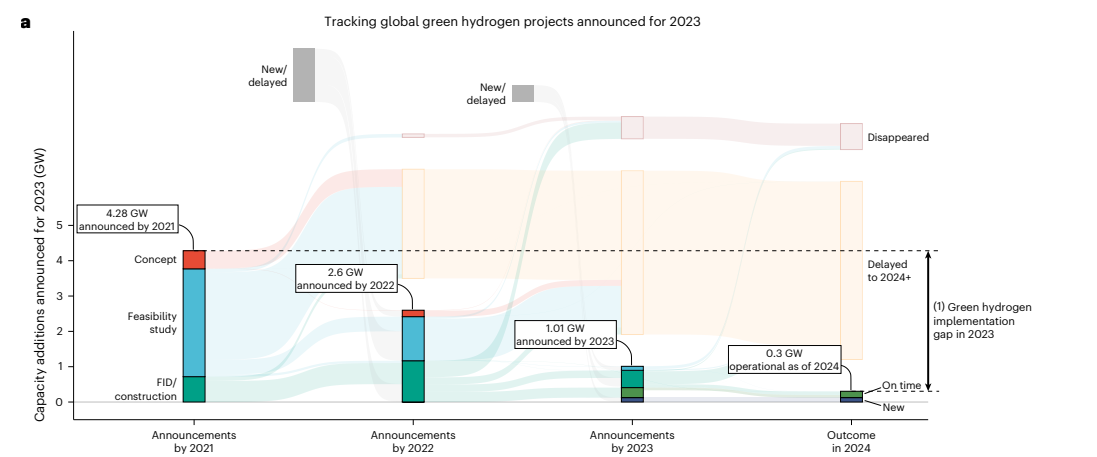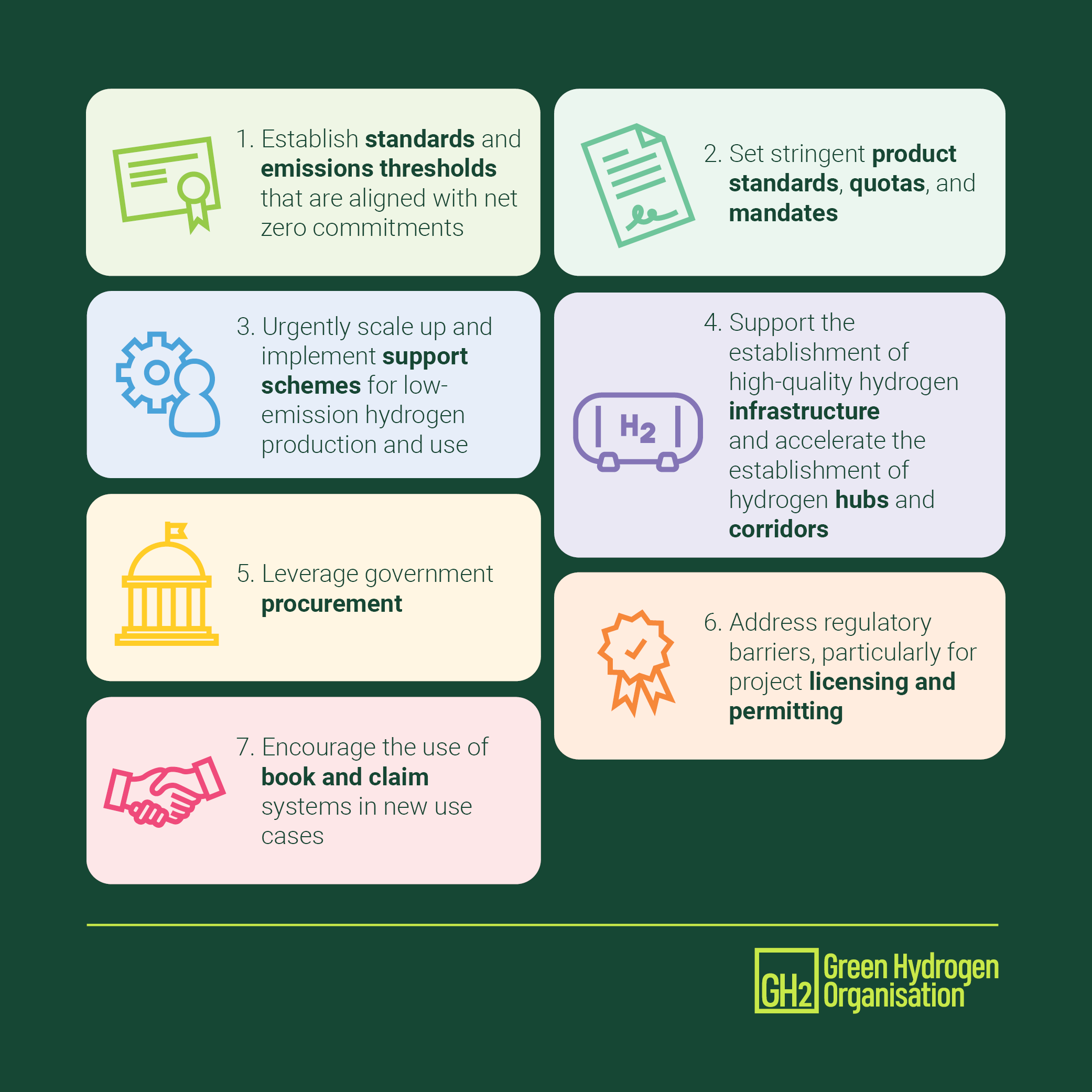Green Products are Still Essential to Address Climate Change
In these uncertain times, green products are still essential to address climate change.
As we enter a period of almost unprecedented uncertainty, following the transition of power in the United States, we offer a few early takeaways.
Despite the uncertainty, the world must still rise to the challenge of how to make iron and steel without coal; ensure farmers use fertilisers which don’t rely on natural gas; move ships across our oceans (which carry 11 billion tonnes of cargo per year) without dirty fuels; and service an ever growing number of long haul air travellers with planes that don’t burn fossil fuels in their engines.
It is hard to argue that these sectors are not vital to global prosperity and trade. They also constitute the ‘last mile’ of crucial decarbonisation where direct electrification with renewables can’t do the job.
Constructing cars using steel (unless its recycled), bringing food to our tables, running ships and planes are all things which we must learn to do without using fossil fuels. The key to these products becoming climate friendly is green hydrogen. Green hydrogen or its derivatives like ammonia can be a fossil free substitute to coal, oil and gas. The opportunity is massive but a huge effort is needed to get us there.
Cost is the key. There will always be a few customers who are willing to pay a bit more for a green product – a few hundred dollars for a premium car constructed with green steel, a tech giant replacing diesel with a green hydrogen backup generator at an AI data centre, or a few cents more for bread made using grain grown with green fertiliser – but unless these green products can reach cost parity or get within striking distance of those made with highly emitting fossil fuels, we will only ever reach a small fraction of the market.
The headwinds are substantial and with fossil fuels set to get a free ride in the world’s largest economy following this week’s inauguration of President Trump we need to be realistic about what can be achieved. Witness the immediate signing of executive orders on President Trump’s first day in office to “unleash” America’s energy by easing the barriers to oil and gas extraction and revoking a series of former President Biden’s climate orders.
However, there is a set of progressive policies, policy makers and industry participants which can bring about this change which is so sorely needed.
One place where progressive policies look set to be championed is a new Global Energy Transition Forum (GETF) launching tomorrow at the World Economic Forum taking place in Davos and championed by European Commission president Ursula von der Leyen. The GETF is being designed to keep the ambition high and momentum on track in the run up to COP30 in Brazil where implementation is key to the global goals of tripling renewable power capacity and doubling energy efficiency by 2030 to usher in a renewable energy future.
President von der Leyen reaffirmed Europe's commitment to combating climate change, stating today at Davos that “Europe will stay the course and continue working with all nations committed to protecting nature and tackling global warming” despite the news of the US leaving the Paris Agreement.
Green hydrogen can bring this renewable energy future to every day products which can’t be directly electrified. In fact for green hydrogen to play its full role in tackling climate change, we have to be careful to focus support on deployment in the sectors which really need it.
A new study by authors Odenweller and Ueckerdt at the Potsdam Institute tracked 190 green hydrogen projects over 3 years, and found that only 7% of capacity announcements across the world were on schedule. At the same time the implementation gap for the amount of green hydrogen needed in a 1.5 °C world has closed rapidly - and in some cases exceeded what may be needed – based on announced projects. The authors argue that without adequate carbon pricing, realizing all these projects would require global subsidies of US$1.3 trillion which far exceeds announced subsidies to date. Taxpayer support is limited so it follows that carbon pricing and quotas should shepherd support for a valuable commodity like green hydrogen to where there is no other option to decarbonise.
And we have our work cut out just focusing on these indispensable sectors. For example, Argus media’s latest high-level estimates suggest there will be approximately 280 million tonnes of clean ammonia demand annually by 2050, of which about 200 million tonnes per year could be demand from the marine fuel sector. Green ammonia which combines renewable-based green hydrogen with nitrogen provides the most scalable and sustainable clean ammonia pathway but it is critical that policies at the International Maritime Organization enable this uptake through its decisions on a greenhouse gas emissions levy and fuel standard at its upcoming meetings later this year.

Odenweller, A., Ueckerdt, F. The green hydrogen ambition and implementation gap. Nat Energy (2025). https://doi.org/10.1038/s41560-024-01684-7
A run down of key measures needed at scale to support the green hydrogen industry to meet climate ambitions
We suggest seven recommendations below focused on increasing the demand for products made with green hydrogen.
An obvious starting point is a carbon price. We are beginning to see this within jurisdictions, and the IMO could be the first place where a global carbon price is implemented for shipping. The recommendations below focus on other government policies that will support market growth, promote cost efficiencies, and narrow the cost differential between green and fossil-based products.
You can read more about the seven recommendations in detail here
